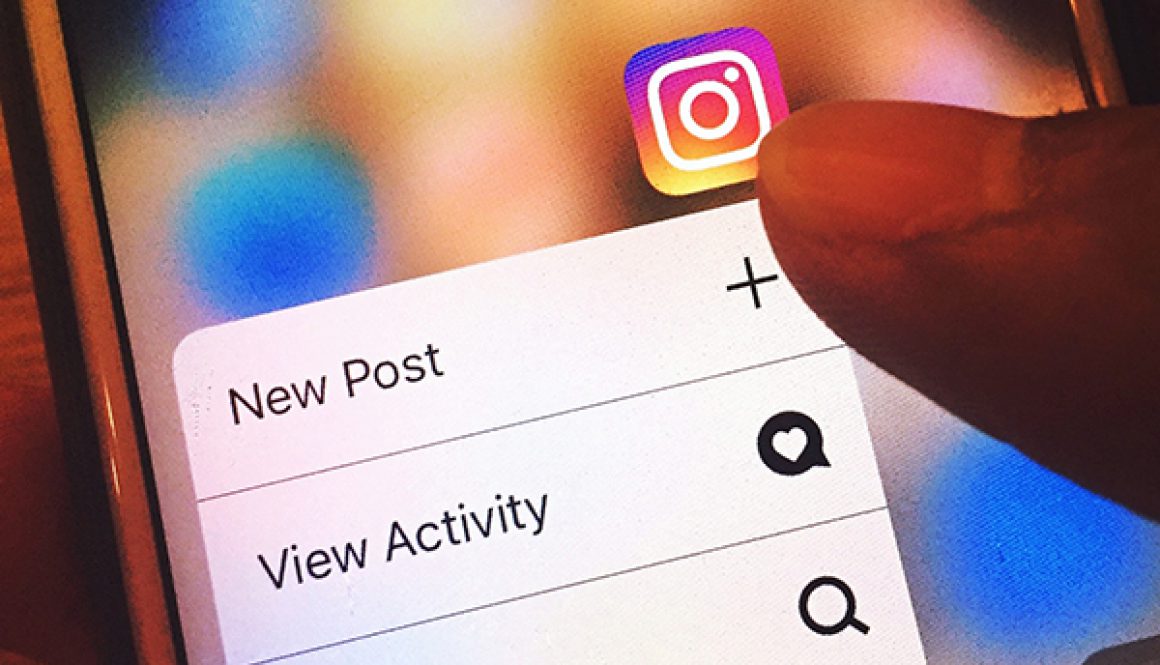Social Media Tips for Nonprofits
Your organization was likely founded with the goal of creating a community for your members. Fostering a virtual space where your members can come together and communicate with you and each other is crucial to community building. Social media is also a cost-effective way to get the word out about your organization.
Buffer explains that the top social media platforms used by nonprofits are Facebook with 98% of nonprofits using the site, Twitter (70%), LinkedIn (55%) and YouTube (45%). If your organization is not already on these platforms, take some time and set up profiles on each. Some associations are also using Instagram or even TikTok to communicate with younger audiences. You do not necessarily have to start posting today, but start your presence. Here are a few ways you can grow your presence online.
-
Encourage engagement
According to a blog post on Sendible, each post should include a call to action—every post you create should invite the audience to do something. For example, if you are promoting a conference, rather than merely announcing “Our conference will be this July in Chicago,” include a link for the audience to click that directs back to your website’s conference page. Whether it is a link to click, a video to watch, or asking the audience to leave a comment, opening the door for interaction is a major component of a successful social media presence. -
Use the right hashtags
Sendible also explains that hashtags act as a great, free way to market your organization. Do some research and discover what hashtags are used in your industry. If you find ways to incorporate these hashtags into your posts, your content will come up in native searches that use that hashtag. It is a great way to get exposed to those interested in the industry. -
Be responsive
Buffer explains that you should respond to every person who reaches out to you on social media. This ideally should be done in 24 hours or less. You want to make sure you are seen as friendly and open to those who reach out. This helps you build community by fostering communication with members and others interested in your organization. -
Observe
Mission Box emphasizes the importance of social listening. Social media is a wonderful tool to get your message out to the public and communicate with your members, but social listening helps you understand what is going on with your competitors and your industry and examine how your organization is being received. To do this, take some time to research competitors and comb through their social media. How often do they post, and what are their messages? How many likes are they getting on their posts? You should also search your organization’s name to look at mentions on these platforms. Social listening not only helps you better understand the nuances of social media, it also gives you insight into how your organization is being received. -
Schedule your content
Plan your posts ahead of time and use tools (such as Hootsuite, Zoho or Sprout Social) that post the content for you at designated times. This is a great way to ensure that social media is updated without having to dedicate time to posting every single day. According to Sendible, this is something that many nonprofit marketers struggle with, so having that assistance will make consistent posting easier. Beyond the schedule, be sure to monitor your social media accounts regularly. Sharing and liking posts from your members, allied organizations and other industry thought leaders can magnify your reach. It’s also important to be aware of major news stories, and to be sensitive to situations when your tweet or post could be perceived as out of place with current events.
By using and consistently updating social media, you are building a community around your organization.




